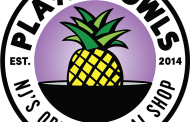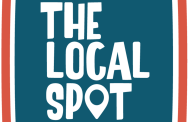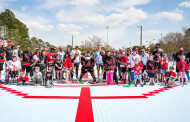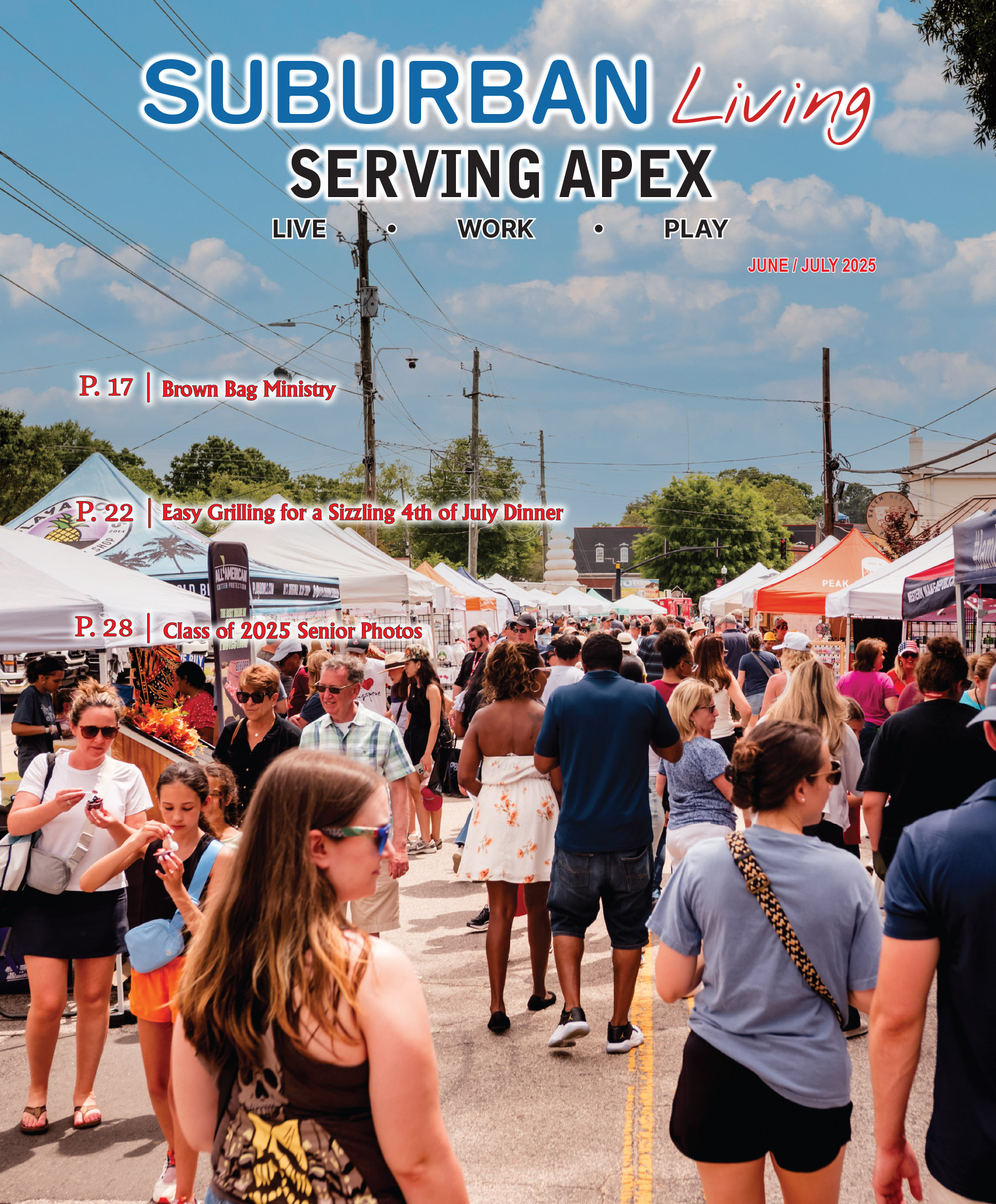“Our children spend so much time learning what to do, what not to do, how to engage with the world, within their abilities, but we don’t teach the world how to engage with our children.”
This is what Marianne Georgiou, founder of A Voice For All Foundation, has set out to do. She puts it succinctly in her website: “It’s no secret that I’m the mom of a special-needs sweetness. I love my son something fierce. He’s my heart and I am his voice. I would not change him for the world, but I will change the world for him.” And she is off to a powerful start.
Marianne’s mission began with her son’s school. Nicholas, or Nico as she calls her middle son, is non-verbal and carries an Augmentative and Alternative Communication (AAC) device with him for all of his verbal communication needs. The problem, which turned into an opportunity, came when Nico’s school told Marianne that he was not allowed to take his device on the playground. Marianne went in and spoke with the school system representative and asked, “Why are you taking my child’s voice away? You wouldn’t take a wheelchair away if a child needed it to move around. You wouldn’t take glasses from somebody that needed them to see.” She offered to sign a waiver, but they told her no.
The playground is a place where all children are supposed to gather, play, and learn from each other, and practice what they learn in the classroom with their peers. So, if her child wasn’t allowed to take his voice with him, how was that learning going to happen for him? It was just expected that Nico was supposed to produce words and speak. They didn’t understand; but they would.
School administrators told her the department could assess her son and see if he needed a device. The process would take five to nine months! When she asked if Nico would be able to keep the device that is familiar to him after their assessment, they said “probably not.”
With still no voice for her son, no way of communicating, Marianne went back the school and spoke with the principal. “How do you feel about communication boards in your playgrounds?” she asked. Then she quickly added, “Before you say no, I’m not asking you for money, I’m not asking the PTA for money, because this is a need rather than a want. I’m just asking for, quite frankly, your permission to make this happen for my kid and his classmates.”
It was a no-brainer. The principal didn’t have to do anything. Marianne got the go-ahead. Within two weeks, she raised $3,000 from the community and now Laurel Park Elementary School has communication boards on all their playgrounds.
What is a communication board?
Communication boards have pictures of the actual playground equipment, as well as universal symbols, pictures, numbers, and the alphabet. So, for example, if somebody asks you what your name is, you can spell it. Additionally, there is English on one side and Spanish and the other.
For Marianne, this was just the beginning. We live in a diverse community and these boards are not only for non-verbal, or non-speakers, but for someone who feels like they are not being understood, for someone whose first language is not English, and for the hearing-impaired. They are critical communication tools, especially when playgrounds are often used by the community when school is out.
Here is an example. Let’s say a child’s grandparents come from a different country and their primary language is not English. Their grandchild lives in Apex and his or her primary language is English. The grandparents can still confidently take their grandchild to the playground because there is a board there that they can use. And, as a tool, it’s low-tech! Everyone that has speech or language limitations or differences, knows the symbols on the boards. They’re universal. Many are found in special education classrooms.
Marianne wants all kids to have the benefit of communication boards. “Having a child that has different needs, you adopt them all. They’re all yours. You fight for them as fiercely as you fight for your own.”
Additional scenarios for the use of communication boards
Marianne took her concept another step forward after thinking, “My child uses a device to communicate, what happens if he’s lost? First responders are going to get to him before I do. I needed to know what their protocol was so that I can best support them in serving those that have speech or language differences.”
Apex Police Department
She met with the Apex Police Department and their Crisis Intervention Team (CIT) officers to learn their protocols and discuss the vocabulary words they needed. Thanks to A Voice For All, Police Communication Boards are now in all of our Apex PD patrol cars. These are plastic coated cards with some of the same universal symbols, letters, numbers, and emoticons as the larger boards, and also in English and Spanish.
With these cards, the police can better communicate with not just non-verbal citizens but with those perhaps traumatized or afraid to speak. These cards also help people who may have sensory issues, don’t like to be touched, or with sound or light aversions. Understanding the proper care of these individuals can only help in keeping a frightening situation from possibly becoming worse. They help officers communicate that they are there to help and to reassure others that they are safe.
EMS and Local Hospitals
A Voice For All is teaming up with Wake County EMS to create tailor-made communication tools for all their vehicles so that they can communicate in the best way possible with those who need help. They are also talking to hospitals in Wake County so they can have boards in their emergency departments as well as in other service areas.
Marianne said, “A hospital, or any medical facility, is a scary place to a child, especially if they’re medically complex. The fact that they are not talking or verbalizing only intensifies their fear, it makes them more anxious, so they’re less likely to cooperate with [hospital staff]. And you might get aggression [from non-verbal patients], when in reality, they’re not aggressive. They’re just frustrated that they can’t tell you what hurts or how they’re feeling. They can’t tell you they’re scared, making them have a sensory moment, while making the staff’s job harder.”
Marianne shared a recent experience when her son got injured at school and she brought him into an urgent care center. The staff was doing what they were supposed to be doing and following their protocol until she said her son was non-verbal with special needs. “Those words. Everybody literally took a step back. What just happened? Don’t you need to take vitals to assess my child and gather information?”
The urgent care staff members told her they were just going to observe. However, there’s only so much you can gather by observing. So, Marianne took her son’s AAC device and said, “Nico, the doctors are going to look and listen. Is that okay?” He responded, “Yes.” Marianne asked him, “Can you give the nurse this finger so she can check oxygenation?” Again, he responded, “Yes.”
In the end, Marianne ended up doing the exam for them and giving them the data. Afterwards, she asked how they engaged and communicated with somebody that has communication differences, pointing out that urgent care centers don’t choose the patients that walk in the door. Considering they need to see and assess and treat everyone, she wanted to know what they did in these circumstances.
The doctor was honest with her, saying, “Quite frankly, we just wing it. And we do a very bad job.”
While Marianne appreciated his honesty, she also told him, “You need to do better because we’re coming in and trusting you with our children’s lives sometimes. And there’s only so much you can gather by observing. What if he’s bleeding internally? You can’t see that.” She went on to say, “Here’s my card. Let’s have a chat after this. Because this needs to change. We need to do better.” And with that, Marianne gave the doctor one of the “slap bracelets” she always wears. On it are symbols and words, in English and Spanish for yes, help, go, no, bathroom, all done, and want.
Ultimately, Marianne’s message is that just because somebody has communication differences, doesn’t mean they’re not competent. They can hear you. Always pursue competence. Ask questions; start with yes or no. Even somebody who is shy or doesn’t speak English can respond appropriately.
For hospitals, as well as other care facilities, these low-tech communications tools help not only children but adults, too. For example, stroke victims can still see, point, and spell, just like people with aphasia can speak, but the words escape them, or they’re forgotten.
Marianne has spoken at the North Carolina Down Syndrome Alliance and has recently participated in the ribbon cutting ceremony of Holding Park’s inclusive playground. There are communication boards here in Apex at Laurel Park Elementary and Salem Elementary schools, and at one local church, and four more boards are coming soon to our community parks. Other Wake County and Durham parks have communication boards, and they can be found outside of North Carolina.
If you would like to apply for a communication board for a school playground or town park, go to A Voice For All’s website (avoice4all.org) for an application. There you can also learn more about this world-changing foundation and find out ways you can donate your time or resources and take part in events in our area.








